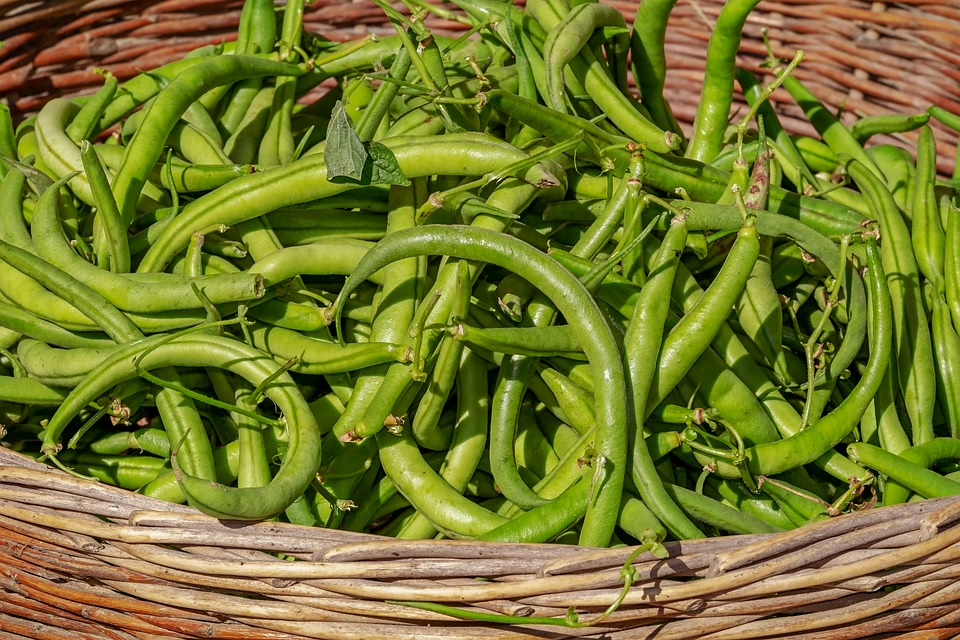Fiber-Packed Foods: Your Guide to a Healthier Gut
Introduction
In recent years, health experts have increasingly emphasized the importance of dietary fiber in promoting overall health. Fiber, a type of carbohydrate that the body cannot digest, plays a vital role in maintaining gut health, managing weight, and reducing the risk of chronic diseases. This comprehensive guide will delve into fiber-packed foods, explore their benefits, identify various types of fiber, and provide practical tips for incorporating more fiber into your diet.
What is Dietary Fiber?
Dietary fiber consists of plant-based carbohydrates that are not digestible by the human body. It is categorized into two main types: soluble and insoluble fiber.
-
Soluble Fiber: This type dissolves in water to form a gel-like substance. It can help lower blood sugar levels and cholesterol. Foods rich in soluble fiber include oats, beans, lentils, apples, and citrus fruits.
-
Insoluble Fiber: This type does not dissolve in water and helps to add bulk to the stool, promoting regular bowel movements. Foods high in insoluble fiber include whole grains, nuts, seeds, and the skins of fruits and vegetables.
Both types of fiber contribute to a healthy digestive system and have a list of additional health benefits. It is recommended that adults consume at least 25 grams of fiber daily, but many fall short of this goal.
The Benefits of a Fiber-Rich Diet
1. Enhanced Digestive Health
Fiber plays a crucial role in digestive health. It aids in the efficient movement of food through the gastrointestinal tract, preventing constipation and promoting regular bowel movements. A high fiber intake can reduce the risk of developing conditions like hemorrhoids and diverticulitis.
2. Weight Management
Fiber-rich foods are often lower in calories and can be more filling than their lower-fiber counterparts. This can lead to a natural reduction in calorie intake, helping with weight management. Foods high in fiber also take longer to chew and digest, contributing to a sense of fullness.
3. Blood Sugar Control
Soluble fiber can help regulate blood sugar levels by slowing down the absorption of sugar. This is particularly beneficial for individuals with diabetes or insulin resistance. A diet rich in fiber is associated with a lower risk of developing type 2 diabetes.
4. Heart Health
Fiber can help reduce cholesterol levels, particularly low-density lipoprotein (LDL) cholesterol, often referred to as “bad” cholesterol. This in turn lowers the risk of cardiovascular diseases.
5. Reduced Risk of Chronic Diseases
A fiber-rich diet has been linked to a lower risk of developing certain chronic diseases, including colorectal cancer, hypertension, and metabolic syndrome. Additionally, a high intake of fiber may improve overall longevity.
Fiber-Packed Foods to Include in Your Diet
1. Fruits and Vegetables
Fruits and vegetables are excellent sources of fiber. Some fiber-rich options include:
- Avocado: Beyond being trendy, avocados are rich in healthy fats and about 10 grams of fiber.
- Raspberries: A single cup packs nearly 8 grams of fiber.
- Broccoli: This vegetable contains about 5 grams of fiber per cup, along with a wealth of vitamins and minerals.
2. Whole Grains
Whole grains retain the bran and germ, which are rich in fiber. Some examples include:
- Quinoa: Offers about 5 grams of fiber per cup.
- Brown Rice: Contains around 3.5 grams of fiber per cup.
- Oats: Instant oats can contain around 4 grams of fiber per cup.
3. Legumes and Pulses
Legumes, such as beans, lentils, and peas, are some of the richest sources of fiber:
- Lentils: A cup of cooked lentils can provide approximately 15.6 grams of fiber.
- Black Beans: They offer around 15 grams of fiber per cup.
4. Nuts and Seeds
Nuts and seeds are not only tasty snacks but also excellent sources of fiber:
- Chia Seeds: Only two tablespoons offer about 10 grams of fiber.
- Almonds: A one-ounce serving provides around 3.5 grams of fiber.
Practical Tips for Increasing Fiber Intake
-
Start Slow: If you’re not used to a high-fiber diet, increase your fiber intake gradually to prevent digestive discomfort.
-
Read Labels: When shopping, check food labels for fiber content. Choose products with at least 3 grams of fiber per serving.
-
Snack Wisely: Swap out less healthy snacks for options rich in fiber, like fresh fruits, nuts, or whole grain crackers.
-
Incorporate Legumes: Add beans or lentils to soups, stews, or salads for an easy fiber boost.
-
Choose Whole Grains: Opt for whole-grain versions of bread, pasta, and rice whenever possible.
-
Don’t Forget the Skin: Many fruits and vegetables are higher in fiber when eaten with the skin. Apples, pears, and potatoes are good examples.
Overcoming Common Challenges
Gastrointestinal Discomfort
One of the most common complaints when increasing fiber intake is gastrointestinal discomfort, such as gas and bloating. This can often be mitigated by increasing fiber slowly and ensuring adequate hydration.
Sensory Factors
Many people struggle with the texture and flavor of high-fiber foods. While whole grains and legumes may take some getting used to, experimenting with different cooking methods can enhance their appeal. For example, roasting vegetables can add flavor and crispiness.
Meal Planning
Incorporating fiber-rich foods requires careful meal planning. To simplify this, try batch-cooking grains or legumes at the beginning of the week, and have ready-to-eat snacks, such as fruit or nuts, on hand.
Conclusion
Including fiber-packed foods in your diet is a powerful way to enhance your gut health and promote overall wellness. From fruits and vegetables to whole grains and legumes, the options are abundant and varied. By gradually increasing your fiber intake and making conscious dietary choices, you can enjoy the benefits that come with a fiber-rich lifestyle. So take the first step towards a healthier gut today!
References
- [1] Slavin, J. L. (2013). Fiber and Prebiotics: Mechanisms and Health Benefits. Nutrients, 5(4), 1417-1435.
- [2] Anderson, J. W., Baird, P., Davis, R. H., Ferreri, S., Folkens, M. L., & Gershoff, S. N. (2009). Health Benefits of Dietary Fiber. Nutrition Reviews, 67(4), 188-205.
- [3] Dhingra, D., Michael, K. E., & Reddy, S. (2012). Dietary Fiber and Whole Grains: A Key to Preventing Chronic Diseases. Journal of Nutrition and Metabolism, 2012.
- [4] Mozaffarian, D., Hao, T., Rimm, E. B., Willett, W. C., & Hu, F. B. (2011). Changes in Diet and Lifestyle and Long-Term Weight Gain in Women and Men. New England Journal of Medicine, 364(25), 2392-2404.


























Add Comment